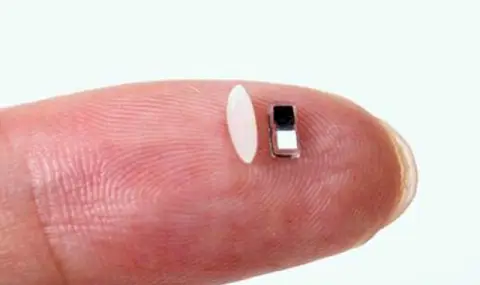Scientists from Northwestern University in the USA have presented the smallest pacemaker in the world - its size is comparable to a grain of rice. The device is designed to be introduced into the body by injection with a syringe, without surgical intervention. The electrolyte for the battery powering the device is a biological fluid of the body, and control is carried out using infrared light, which easily penetrates human tissue. All this is safe.
The injection pacemaker was developed primarily for children born with heart defects. In the first months of life, these patients need to be implanted with pacemakers, which is usually associated with the need for surgical intervention. The device presented by the scientists solves many problems related to maintaining the life of small patients.
The device is powered by a built-in galvanic cell. The intercellular fluid in the human body acts as an electrolyte. Although its chemical composition is different from the electrolyte of a conventional battery, the principle of operation is the same: the electrolyte carries ions from one pole of the cell to the other, creating an electric current.
The pacemaker stores a charge and starts working when a signal is given. The command and rhythm are set by an external device attached to the patient's skin using a patch. Control is carried out by an infrared LED: its flashes are detected by the pacemaker sensor, after which the device generates pulses to stimulate the heart.
It is possible to use several such pacemakers simultaneously, each of which will respond to light signals of a certain wavelength. This allows, for example, to correct cardiac arrhythmia.
Over time, the pacemaker is absorbed into the body, eliminating the need to remove it after completion of work. This significantly reduces the invasiveness of the procedure both during installation and after the end of the device's service life.
